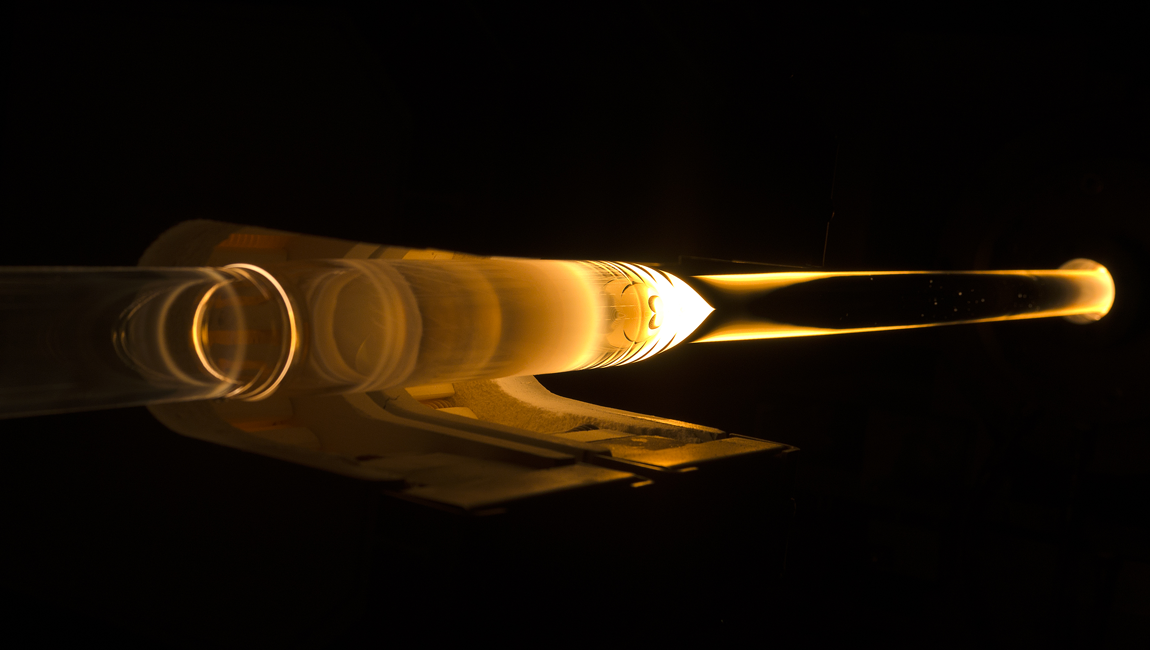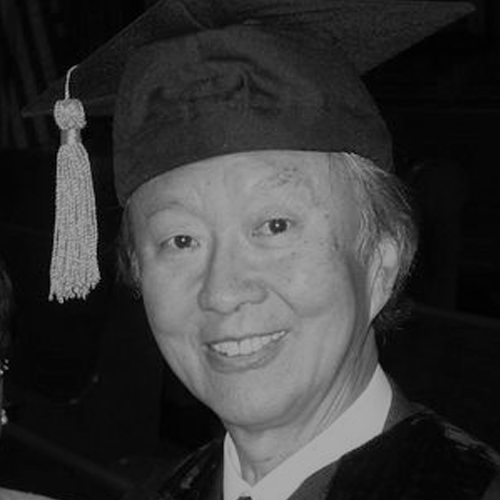As 2021 is about to end, Prysmian Group celebrates 30 years of link with “father of fibre optics”, Nobel Prize Sir Charles K. Kao

Prysmian Group is honored to celebrate the 30th anniversary of its historic link to Sir Charles Kuen Kao, “the father of fibre optics”, who developed the future backbone of the internet at the Standard Telecommunication Laboratories in Harlow, England, creating the business that was purchased by the Pirelli group in 1991.
It’s not every day that a company has the privilege of acquiring a business spawned by a world-changing scientific discovery. But that’s exactly what happened when Pirelli acquired the fibre optics business of Standard Telephones and Cables (STC) from Nortel 30 years ago. Prysmian Group “inherited” the fibre optics assets from Pirelli & C. SpA when the tire-maker spun off its cables and systems business to create Prysmian Group in 2005.
The Standard Telecommunication Laboratories – similar to Bell Labs in the United States -- is now recognized as the birthplace of fibre optics, where engineer and physicist Kao, a Shanghai-born British-American, carried out his pioneering research starting in the 1960s. In 1966, Kao and his team demonstrated that light rather than electricity could be used to transmit speech and data accurately at very high speeds. Kao won the Nobel Prize for Physics in 2009, and the following year, Queen Elizabeth awarded him a knighthood for his “services to fibre optics communications.”
When Kao started at the ITT-owned Standard Telephones and Cables in the 1960s, fibre optical transmission only worked over short distances of few meters. Kao’s breakthrough success in overcoming this limitation was triggered by his discovery that it was impurities in the glass, rather than from an underlying problem with physics itself, that caused the high transmission losses holding back the technology. Kao and his team collected samples from several fibre manufacturers, and found that pure fused silica was an ideal material. In 1966 Kao and his fellow STC researcher George Hockham released their theoretical findings in a paper that attracted attention because of their aggressive forecast that the elimination of imperfections in the glass could reduce transmission loss to such a level that it became commercially viable for communications purposes.
Kao proposed that these super-pure fibres could eventually replace copper wires for voice and data transmission. His research was initially met with disbelief. But the UK General Post Office (the telecommunications arm of which later became British Telecom) was willing to set up a research program. So was Britain’s Ministry of Defense. Kao and another researcher conducted a series of lab experiments that successfully demonstrated a very low signal loss in short rods of silica.
That was the starting bell for a race to create the purest glass fibre possible. The new optical fibre cables began to be manufactured widely in 1977, and testing began in several countries. Bell Labs in the US and the UK Post Office both began sending live telephone traffic through optical fibre cables in mid-1977.
By the 1980s, STC had become one of Britain’s major manufacturers of undersea fibre optic cable. In 1984, STC acquired mainframe computer maker ICL in a move designed to capitalize on the convergence of the computer and telecommunications industries. This, instead, led to financial strains. By 1991, STC was bought by Canadian company Northern Telecom, later renamed Nortel. Nortel immediately sold STC’s cables business to Pirelli (now Prysmian).
Prysmian Group is committed to continuing the tradition of hardworking innovators like Sir Charles Kao. We salute him, and the engineers working on their next discovery in our laboratories around the world today.






